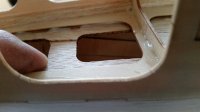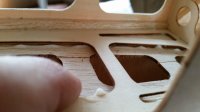When I first decided then embarked upon this project, I had (as I mentioned previously) thought that maybe this thread should be with the covering and paint threads. I then realized I would be doing more to it than just a simple recover job. After todays progress, I feel this really is the appropriate place for this project. We all have done a little covering and it's not too bad in itself. But then we get faced with a big task and it's like, "What was I thinking?". Such is the case with the big Yak. I knew up front the covering was in need of some attention, but after starting the stripping process today, I really had no idea just how "tacky" and "hideous" the covering really was. I had discovered a number of things that really needed more than just a simple recover. I am going to break this all down into sections as there are many things I feel need some attention before the new covering goes back on.
I decided to make this a "Giant Scale News" exclusive. I am sure there are some that may visit that other site, but this is where I feel at "Home" so, this is where I wanted to put the thread. With that being said, Let's get to work "Restoring the Yak".
First though, Lets take a quick peak at some of what we are dealing with, should we?
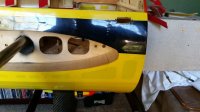
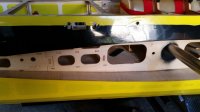
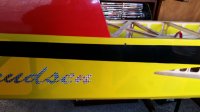
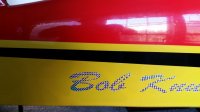
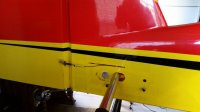
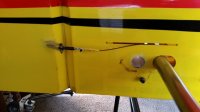
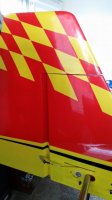
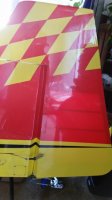
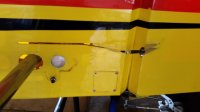
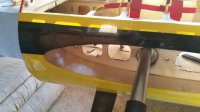
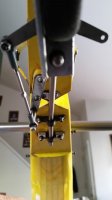
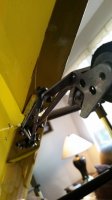
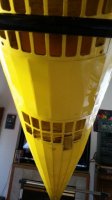
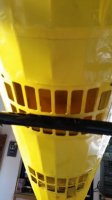
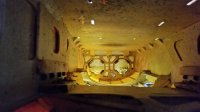
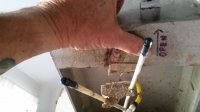
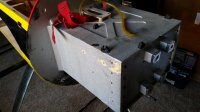
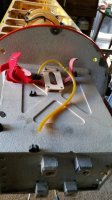
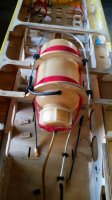

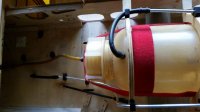
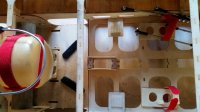
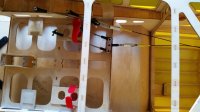
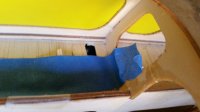
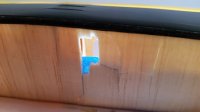
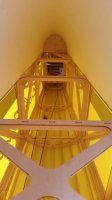
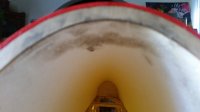
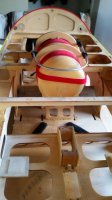
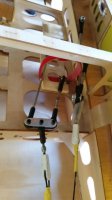
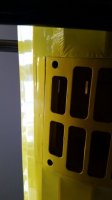
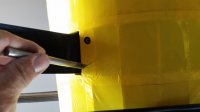
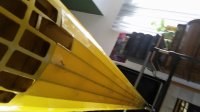
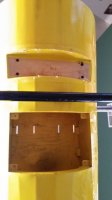
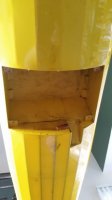
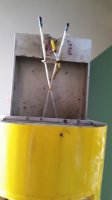
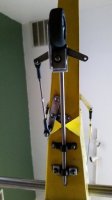
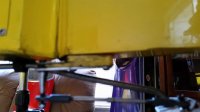
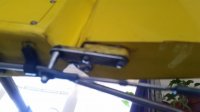 SECTION ONE: Stripping the fuse.
SECTION ONE: Stripping the fuse.
The first thing I did was like anyone would do. Removing the landing gear cover plate, gear and then the tail gear and rudder. I also removed the vent covers from the bottom of the fuselage. It is fairly evident this airframe has seen a few laps. But not to the extreme the airframe is worn out by any means. In fact, Most all of the fuselage is quite clean with no broken wood or repairs of any kind. I like to heat all the sealed edges of the covering as this really helps when it comes to removing complete sheets of covering. I remember many years ago, I had a Midwest Cherokee that I covered and once done, I absolutely "HATED" the colors. I did not know then what I do know now. The heat gun is your favorite friend at this point. Just as effective of shrinking the covering once down and in place, the heat gun will also be just as effective to reactivate the adhesive and make it a quick and painless task. That poor Cherokee looked like a bomb went off outside it when I was done stripping it for a recover. Dang, Who knew? LOL.
After heating the sealed edges, it is quite easy to lift them and then slowly heating an entire full length of covering with the heat gun. With a little patience, lifting the covering as you make paths across the ironed down covering, it will come off just as easily as it goes down. With very little to no residue left behind. This makes it so much more rewarding when you go to "prepping" the structure for the new coat of color. (Covering)
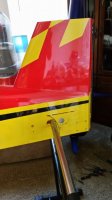
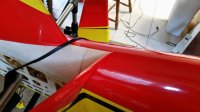
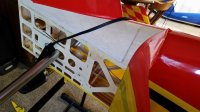
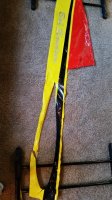
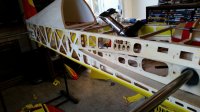
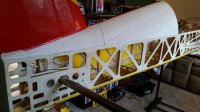
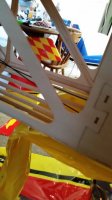
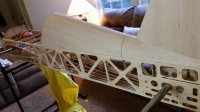
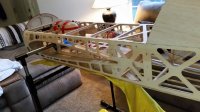
Here is a short video of the covering being removed from the bottom of the fuse. Though the structure is basically stringers and the covering comes off with very little resistance, the entire fuse stripped just as easily.
As you can see, a little gentle pulling with the heat of the gun back and forth removes the covering in no time.
I now have a pretty close to bare bones fuse to work with. Once I finalize the last of the removal, I will continue by removing all the old outdated equipment and do the repairs on the fuse that is needed. I will also be cutting in and building servo bays in the rear of the fuse for the monster torque Hitec 7980 servos that with massive authority guide the tail through anything I can make my sticks throw at it.
Though my time will be limited tomorrow, I will try to get a little bit more accomplished.
More to come....
 .
.

 ........WOW!!!! Every guys dream
........WOW!!!! Every guys dream .
. Be sure to get some pics of those Red Headed Jugs on that striped down Yakster!
Be sure to get some pics of those Red Headed Jugs on that striped down Yakster!














































